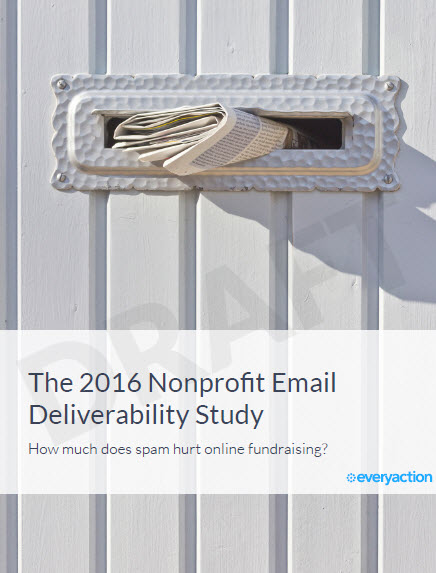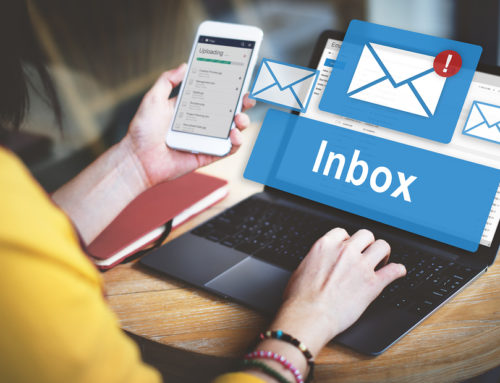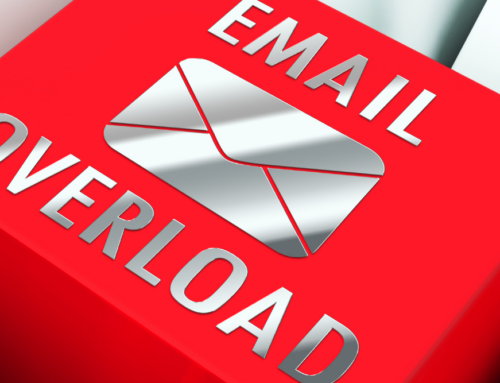Email deliverability measures how successful an email is at making it into a recipient’s inbox.
EveryAction just released their annual Email Deliverability Report which answers the question, “How much is spam costing your nonprofit?”
Turns out the answer to that question is, “a lot!”
When you send an email, Internet Service Providers (ISPs) use your “sender reputation score” to determine whether or not you are a trustworthy sender. Several metrics are used to determine your score including how many times your emails are marked as spam, if your emails are deleted immediately without being read, or if they are never opened.
EveryAction studied 55 organizations and found that, on average, 7.03% of email was delivered as spam during 2015 with November seeing the highest spam rate (10.31%) and February, the lowest (5.77%). And that figure rises during year-end fundraising.
According to the report, all of this spam leads to a loss of around $7,400.06 each year for nonprofits.
Here are some tips from the report:
Common Causes of Spam
- Unsubscribing is too difficult. If you make it too hard for someone to remove themselves from your email list, they will more than likely just mark you as spam. Have easy-to-find unsubscribe links. Ideally, they should click on the link and immediately be removed. If you send more than one type of email, consider setting up different unsubscribe options. Perhaps they still want your advocacy emails, but no longer want your weekly newsletter updates. Check with your email service provider about how to do this.
- Old email lists. Your nonprofit email list shrinks every year by 12 percent or higher, according to the 2016 M+R Nonprofit Benchmarks Study. Email addresses change all the time, and if you haven’t cleaned up your list in a while, you are lowering your open rates (and your sender reputation) by having those old email addresses.
- Irrelevant Email. If you are sending supporters who don’t live anywhere near you constant reminders of an upcoming event or other content that doesn’t apply to the reader, you run the risk of being marked as spam. Segment your email list so you are only sending relevant information to your subscribers.
What can you do to improve deliverability?
- Opt-in and confirm. When someone signs up for your email list, send a confirmation email. They more confirmed emails you have on your list, the better your deliverability.
- Create a welcome series. How your subscribers react to this series is a good indication of how they will react to other emails you send. If they don’t open the welcome series emails, chances are low they will open anything else either.
- Track who doesn’t open your email. We recently cut our email list by almost half and have seen great results. We simply stopped sending emails to those people who hadn’t opened our emails within a 10 week period. It has improved our open rates and lowered our opt-outs and spam complaints.
- Talk to your email provider. Every email service provider is different. Get in touch with someone at your ESP who can tell you more about their procedures to improve deliverability and sender score.
Learn more about email deliverability and how you can improve it by downloading your copy of the 2016 Email Deliverability Report from EveryAction.






